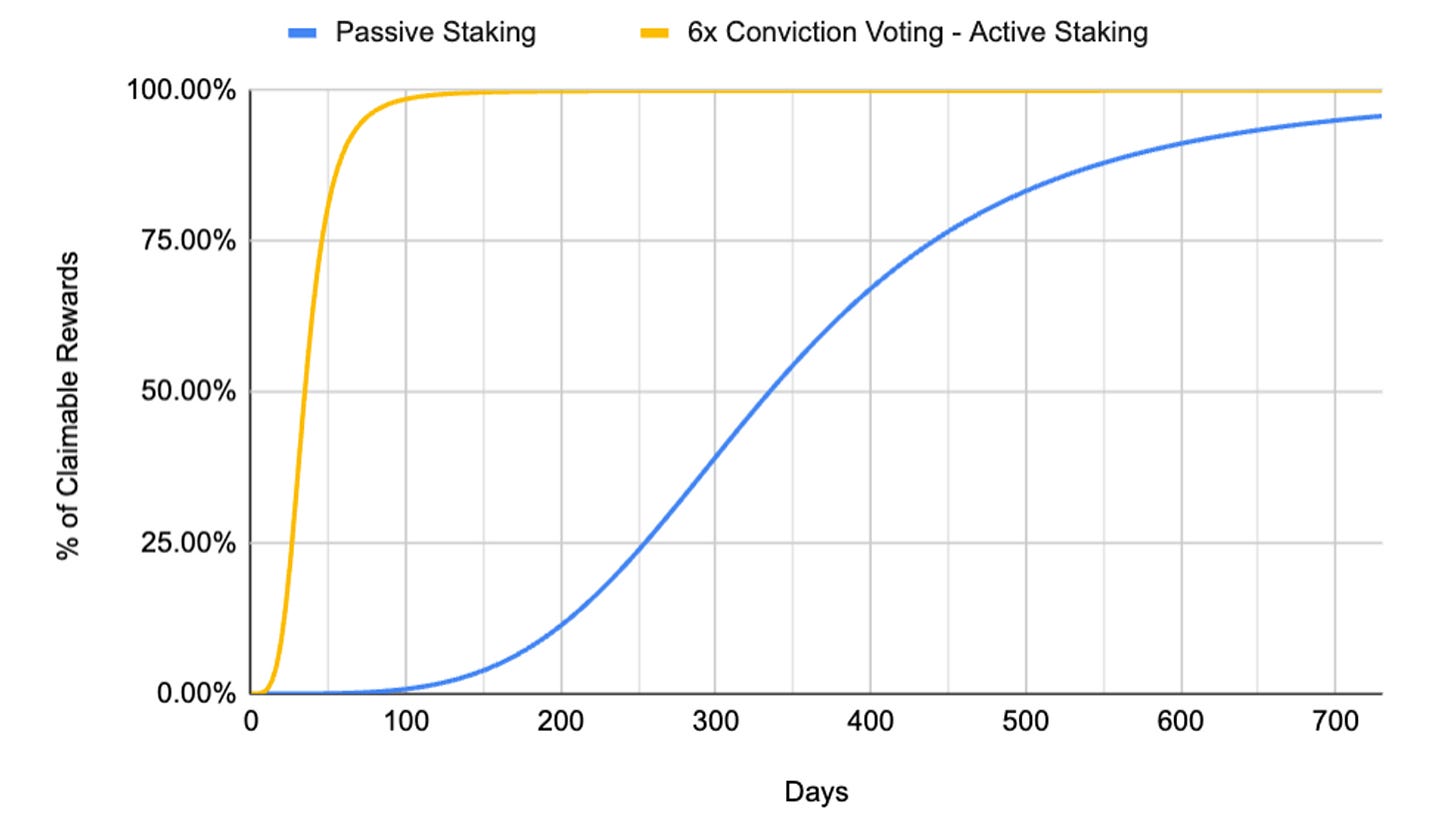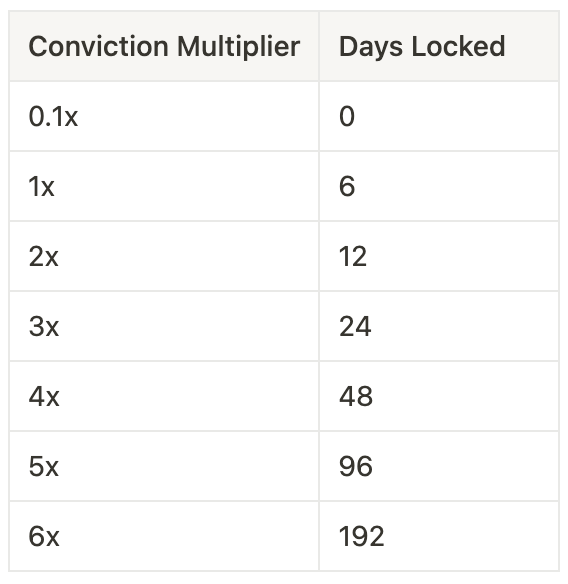On April 20th, 2021, we witnessed the launch of the first HDX staking program which was active in the months prior to HydraDX becoming a Polkadot parachain. As we were de-facto running our own relay chain, the Protocol needed to incentivize HDX holders to stake their tokens with validators in order to secure the network. Offering temporary high APR, this short-lived stakenet was embraced by many of the participants in the HDX LBP on Balancer from Feb 2021.
Just more than 2 years later, HydraDX is in a bright new shape. Having launched our flagship product (the Omnipool), we are now iterating and delivering features which redefine user experience in DeFi (e.g. trustless DCA and split trade).
The growth of the HydraDX Protocol and its TVL goes hand-in-hand with a growing need of community participation in all kinds of Protocol matters - whether voting in governance or (beta) testing upcoming or existing functionality. Having passed more than 60 public referenda which authorize all decisions affecting the Protocol, HydraDX already scores high among Polkadot parachains. Nonetheless, the days of the old governance model are numbered, and it will not be long until we embark on a transition to OpenGov, the Valhalla of decentralized community governance.
To address the evolving needs of participation, HydraDX is launching an HDX staking program which incentivizes community participation where it is needed the most. What makes Staking 2.0 special is its design as a sustainable, long-term solution funded by Protocol revenue.
HDX Staking 2.0
Starting very soon, anyone will be able to stake their HDX and receive rewards which become claimable as time passes. Staking rewards are distributed from a dedicated pot that is gradually filled up by different Protocol revenue streams.
Initially, the main proposed revenue stream are the LP fees generated from HDX trading in the Omnipool. To boost the APR during the first year, there is a proposal for a subsidy of ~22M HDX which would be gradually provided from the HydraDX Treasury to the staking rewards pot.
The pot with staking rewards is periodically distributed in its fullest to all stakers. The amount that users are entitled to is proportional to the relative size of their stake in the stake pool. However, stakers do not automatically receive the rewards on their account - instead, they need to claim them.
When it comes to claiming rewards, all participants in HDX staking should be aware of the elements of loyalty and gamification. Once rewards are awarded, they cannot be instantly claimed for the full amount - doing so would yield just a fraction of the total rewards, with the remainder being returned the pot for redistribution to all other stakers.
Users who want to claim as many rewards as possible should keep their HDX staked without claiming until sufficient time has passed (rewards are “vested” following a bonding curve). The length of the waiting period is dynamic and depends on the user (in)actions. A user who just stakes passively would need to wait ~2 years to claim 95% of their rewards. In contrast, active stakers who collect the maximum amount of action points (more on that below) could claim 95% of their rewards in just over 2 months. These are rough estimates so take them with a grain of salt - the actual timelines may vary in accordance with user actions in particular and the overall count of referenda.
Boosting Your Rewards
Stakers can increase the pace at which they unlock their rewards by collecting action points and boosting their rewards. Action points can be acquired by performing certain actions that are incentivized by the Protocol. Initially, the only way to collect action points is to participate in the governance of HydraDX by voting on community referenda using the staked HDX. There are plans to add more ways to obtain action points in the future, such as placing DCA orders.
There are 2 factors which determine the amount of action points that stakers will receive when participating in governance: The size of the vote (relative to the total size of their staked HDX), and the conviction multiplier. The higher the conviction multiplier of the vote, the greater its weight. Keep in mind that voting with a conviction multiplier places a temporary lock on the tokens.
Stakers looking to achieve the highest rewards boost would be voting with their whole bag of staked tokens and a 6x conviction multiplier, thereby locking their HDX for 192 days. Just a reminder that this lock is not related to staking as such - instead, it is a standard feature of governance in the Polkadot ecosystem (more info in our docs).
Claiming Your Rewards
As they keep their HDX staked, users accumulate rewards over time. These rewards become claimable subject to a bonding curve which is influenced by the boosts from action points (see above).
At any given time, stakers can claim (a portion of) their unlocked rewards. By doing so, however, they forfeit the remainder of their locked rewards. These rewards are automatically transferred back to the staking rewards pot which redistributes them to all other stakers. Furthermore, claiming resets the past action points of the user, sending users back to the beginning of the bonding curve for future rewards from staking.
This mechanism creates an interesting gamification dynamic: By remaining longer in the pool of stakers, users not only unlock faster a greater part of their allocated rewards - they also have the chance to receive a juicy portion of rewards from other stakers who claim or exit early.
Head out and vote on Referendum #67 - it proposes to initialize HDX Staking 2.0 and approve the subsidy of 22M HDX for the first year of the program. If the referendum passes, the staking program will launch immediately after enactment.
Happy staking!




